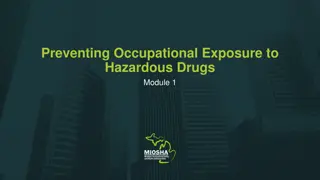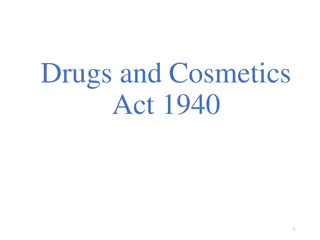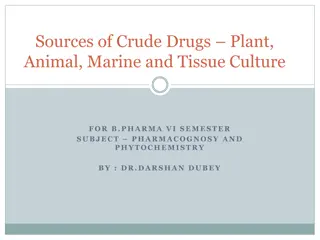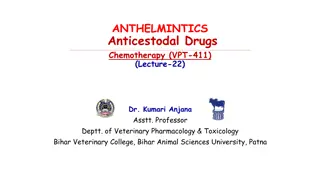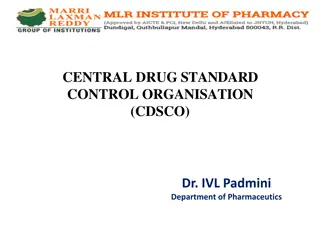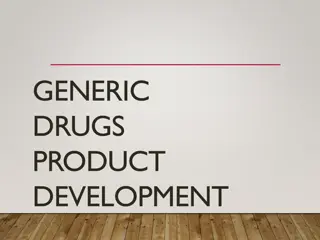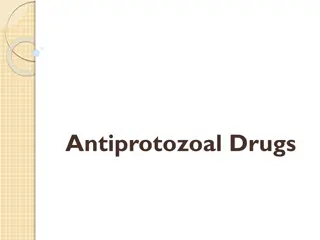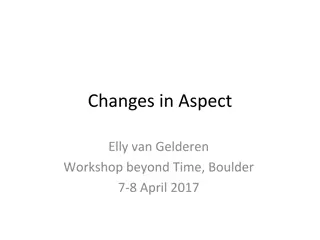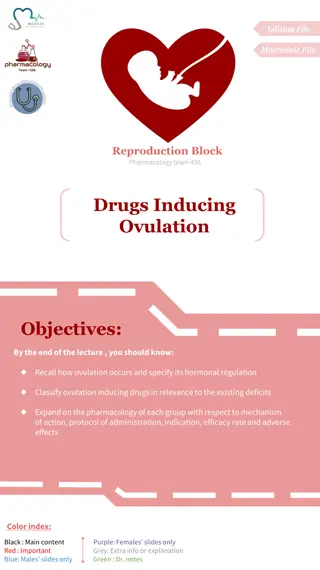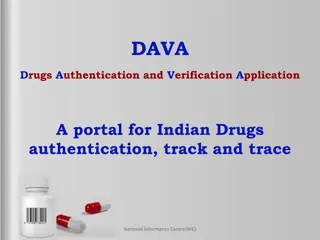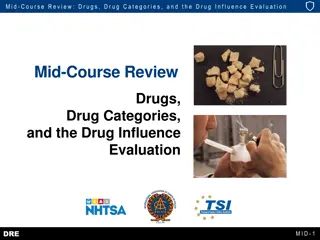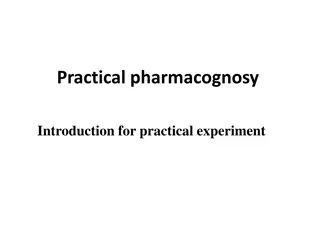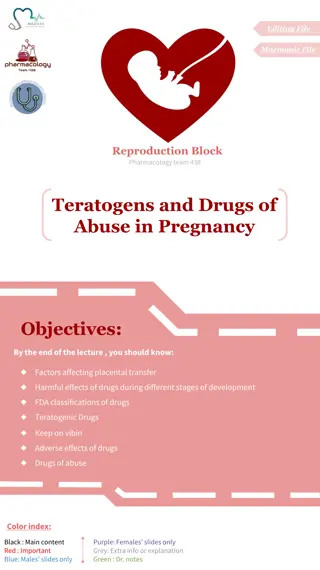
Quantitative Aspects of Drug Receptor Binding and Dose Response Curves
Explore the quantitative aspects of drug receptor binding, dose response curves, and different types of antagonism in this comprehensive lecture. Learn to determine binding capacity, recognize dose responses, and classify antagonism types for a better understanding of drug action.
Download Presentation

Please find below an Image/Link to download the presentation.
The content on the website is provided AS IS for your information and personal use only. It may not be sold, licensed, or shared on other websites without obtaining consent from the author. If you encounter any issues during the download, it is possible that the publisher has removed the file from their server.
You are allowed to download the files provided on this website for personal or commercial use, subject to the condition that they are used lawfully. All files are the property of their respective owners.
The content on the website is provided AS IS for your information and personal use only. It may not be sold, licensed, or shared on other websites without obtaining consent from the author.
E N D
Presentation Transcript
ilos By the end of this lecture you will be able to : Determine quantitative aspects of drug receptor binding Recognize different dose response curves Distinguish the therapeutic utility of each of these curves Classify different types of antagonism QUANTITATIVE ASPECTS OF DRUG ACTION
QUANTIFY ASPECTS OF DRUG ACTION Initiate Activate Bind Occupy RESPONSE[R] D + R D R DR* Relate concentration [C] of D used (x- axis) to the binding capacity at receptors (y-axis) Relate concentration [C] of D used (x- axis) to the R produced (y-axis) Concentration-Binding Curve Dose Response Curve AFFINITY EFFICACY POTENCY
Concentration-Binding Curve Initiate Activate Bind Occupy association rate constant k1 D + R D R RESPONSE[R] DR* k2 dissociation rate constant The relationship between drug binding & drug concentration is expressed mathematically by the following equation Bmax xC B = ----------- C+ KD50
Concentration-Binding Curve (Bmax): Total density of receptors in the tissue KD KD (kD ) = [C] of D required to occupy 50% of receptors at equilibrium Concentration-Binding curves are used to determine: 1. The binding capacity (Bmax) total density of receptors in the tissues. 2. The affinity of D for receptor The higher the affinity of D for receptor the lower is the KD i.e. inverse relation
DOSE RESPONSE CURVE How does response vary with C? See full size image A continuous response BP, HR, FBG, Cholesterol, GRADED DOSE RESPONSE CURVE An all-or-non response prevention of convulsion, arrhythmias or death .. Relate C to % of patients eliciting the : * specified therapeutic response * adverse response * lethal outcome QUANTAL DOSE RESPONSE CURVE How the therapeutic window of a drug is defined ?
DOSE RESPONSE CURVE GRADED DOSE RESPONSE CURVE QUANTAL DOSE RESPONSE CURVE
GRADED DOSE RESPONSE CURVE A continuous response BP, HR, FBG, Cholesterol,
GRADED DOSE RESPONSE CURVE Max effect = Emax Effect when all the receptors are occupied by D 100 100 As C response increment 80 80 60 % of Maximal Effect % of Maximal Effect 60 Emax xC C+ EC50 E= ----------- 40 40 20 20 0 0 0 EC50 200 400 600 800 1 10 100 1000 [C] [C] EC50 C that gives the half-maximal effect 1.The max efficacy (Emax) highest limit of dose-response relationship on response axis. 2.The potency = The concentration of drug required to produce a specified response The smaller the EC50 , the greater the potency of the agonist, i.e the lower C needed to elicit the maximum biological response. 3. Compare the relative potency and efficacy of drugs that produce the same effect. Graded dose-response curves are used to determine:
GRADED DOSE RESPONSE CURVE A > efficacy than B B Partial Agonist EFFICACY POTENCY A > potent B
GRADED DOSE RESPONSE CURVE X & Z are equal efficacy X & Z > efficacy than Y Y > potent but < efficacious than Z X > potent than Y & Z Y> potent than Z
DOSE RESPONSE CURVE GRADED DOSE RESPONSE CURVE QUANTAL DOSE RESPONSE CURVE
All-non responses * specified therap. response * adverse response * lethal outcome QANTAL DOSE RESPONSE CURVE % subjects responding Dose-frequency relationship
QANTAL DOSE RESPONSE CURVE: used to determine 100 Lethal Effect % subjects responding 80 Toxic Effect Therapeutic Effect Predict the safety profile 60 40 20 [Dose] 0 1 10 100 1000 ED50 TD50 LD50 Median lethal dose Median Effective Dose 50% of individuals exhibit the specified therapeutic response Median toxic dose Therapeutic Index TD50 The relation between dose to induce a desired effect versus that producing the unwanted effect. ED50 When high the drug has a safe profile diazepam When low the drug has a narrow margin of safety digoxin
ANTAGONISM It is the diminution or the complete abolishment of the effect of one drug in the presence of another. Types Pharmacokinetic Non- Chemical Competitive The antagonist effectively reduces the concentration Two drugs react chemically resulting in loss of activity of active drug of the active drug at the site of action Phenobarbitone induces an accelerated hepatic metabolism warfarine Physiological Receptor Blockade Competitive Dimercaprol reduces heavy metal toxicity [ lead, .] Two drugs possess opposing actions in the body, so tend to cancel each other s effect Omeprozole & histamine
Antagonist block at some point the chain of events that ignite the response of agonist ANTAGONISM Non- Agonist and Antagonist can be bound simultaneously Competitive Reversible Receptor Blockade Competitive Antagonist prevents binding of agonist to the receptor at the same binding site ( = competes with it at same occupancy site ) Irreversible Agonist and Antagonist compete ( only one is bound)
COMPETATIVE ANTAGONISM Antagonist readily dissociate from binding site of agonist to the receptor Reversible Antagonism can be overcome by increasing concentration of agonist = Surmountable Atropine vs Ach Irreversible Antagonist form stable, permanent / near permanent chemical bond with receptor. Inactivation lasts for duration of receptor turnover or its de- novo synthesis explains its longevity of action Phenoxybenzamine & Noradrenaline
Competitive Antagonism Reversible Parellel shift to the right, without any change in slope or maximum Irreversible No parellel shift but both a decrease in slope and a reduced maximum are obtained.
Competitive vs Noncompetative Antagonism Antagonism can be overcomed by increasing concentration of agonist = SURMOUNTABLE % of Maximal Effect Agonist + reversible competitive antagonist 100 Agonist Agonist + irreversible competitive antagonist 80 60 Agonist + non-competitive antagonist Depression of maximal response +/- rightward shifts ( if some R are spare ) Verapamil vs noradrenaline 40 20 [C] 0 1 10 100 1000 Antagonism cannot be overcome by increasing concentration of agonist = NON-SURMOUNTABLE
QUANTITATIVE ASPECTS OF DRUG ACTION By the end of this lecture you ARE able to : Determine quantitative aspects of drug receptor binding Recognize different dose response curves Distinguish the therapeutic utility of each of these curves Classify different types of antagonism

